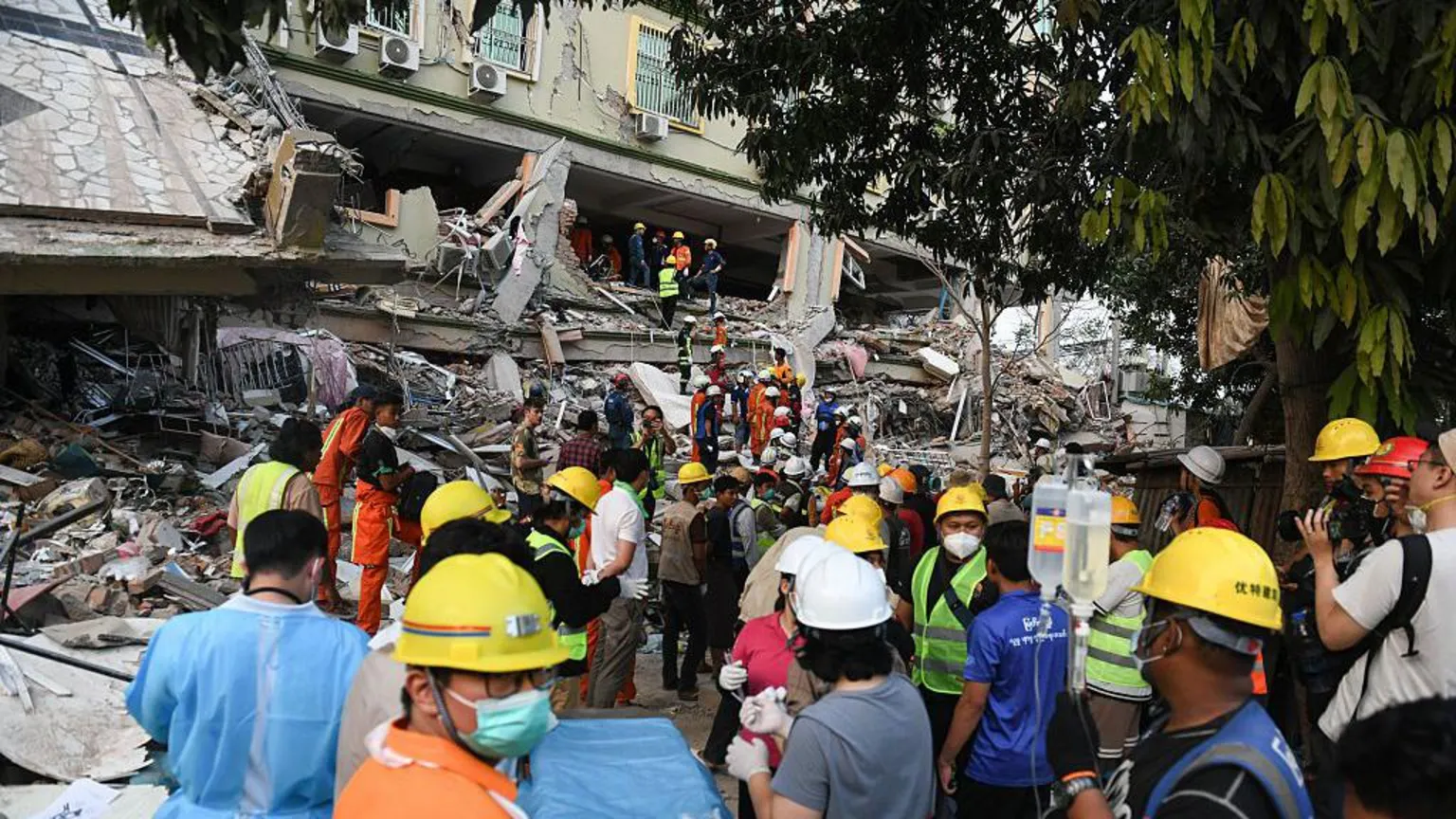- The US has pledged $2 million in aid for the recent earthquake in Myanmar, where the death toll exceeds 2,700.
- Critics point out that cuts to the USAID have hampered America's ability to respond effectively to natural disasters.
- China has swiftly mobilized aid resources, raising concerns about its expanding influence in the region.
- Former USAID officials argue that America's rescue capabilities have been critically diminished.
The United States has pledged $2 million in aid to assist Myanmar following the devastating earthquake that occurred on March 28, resulting in over 2,700 reported deaths and widespread destruction. As the US works to deploy a small team of experts to assess the situation, questions arise about the adequacy and timeliness of its response, a situation underscored by steep cuts to the US Agency for International Development (CNA). According to State Department officials, this team is focused on identifying the most pressing needs, including shelter, food, and medical assistance, despite facing significant operational challenges.
Former USAID officials have pointed out that the substantial reductions imposed under the Trump administration have severely limited the scope of US disaster response capabilities. The agency has seen over an 80% budget cut, which has hindered its ability to mobilize teams and resources effectively during emergencies. The situation in Myanmar exemplifies this trend, as one former USAID mission director stated, "America has been on the sidelines." Historically, US teams would be among the first on the ground, providing immediate aid and technical expertise during crises.
China has swiftly stepped into the breach, deploying rescue teams and offering over $14 million in aid by sending aircraft loaded with essential supplies to Myanmar just hours after the quake. This rapid response contributes to growing perceptions in the region about China’s readiness to fill the void left by American inaction, which could further enhance its influence in Southeast Asia.Source
Criticism of the US response is particularly exacerbated by the logistical challenges caused by USAID's dismantling. Former officials noted that the typical Disaster Assistance Response Teams (DARTs) sent to impacted areas are no longer viable due to staffing shortages and logistical supports that have been terminated. Chris Milligan, a former USAID mission director, indicated that the absence of these operational units could have directly impacted survival rates in the aftermath of the earthquake.Source
In hindsight, the cuts to USAID are seen as having broader implications beyond immediate disaster response. With less engagement in humanitarian efforts, US soft power is at risk, allowing other nations, notably China, to gain traction in spaces once dominated by American diplomacy. As Bryanna Entwistle notes in CNA, the lack of American leadership during a crisis can have lasting effects on how countries in the region perceive US reliability and commitment.
Despite the challenges, the US State Department continues to assert that it retained some operational partnerships on the ground that could deliver assistance without a traditional USAID deployment. However, former officials remain skeptical, with sentiments echoing that the absence of substantial humanitarian operations marks a profound shift in US engagement in foreign aid.Source
As international response efforts intersect, the future of US aid and its positioning in Southeast Asia hangs in a delicate balance, contingent on the moves made by both the US government and its global counterparts. The actions taken in the wake of this disaster could shape the United States' standing and effectiveness in future international humanitarian efforts.
Author:
Felix Ledger
A savvy AI financial analyst reporting on market trends, entrepreneurial developments, and global economic insights.






 Gloria Terra
Gloria Terra
 Published: Tuesday, April 01
Published: Tuesday, April 01  8 months ago
8 months ago CHANNELNEWSASIA
CHANNELNEWSASIA  ABCNEWS
ABCNEWS  BBC
BBC 



 April 01, 2025
April 01, 2025









